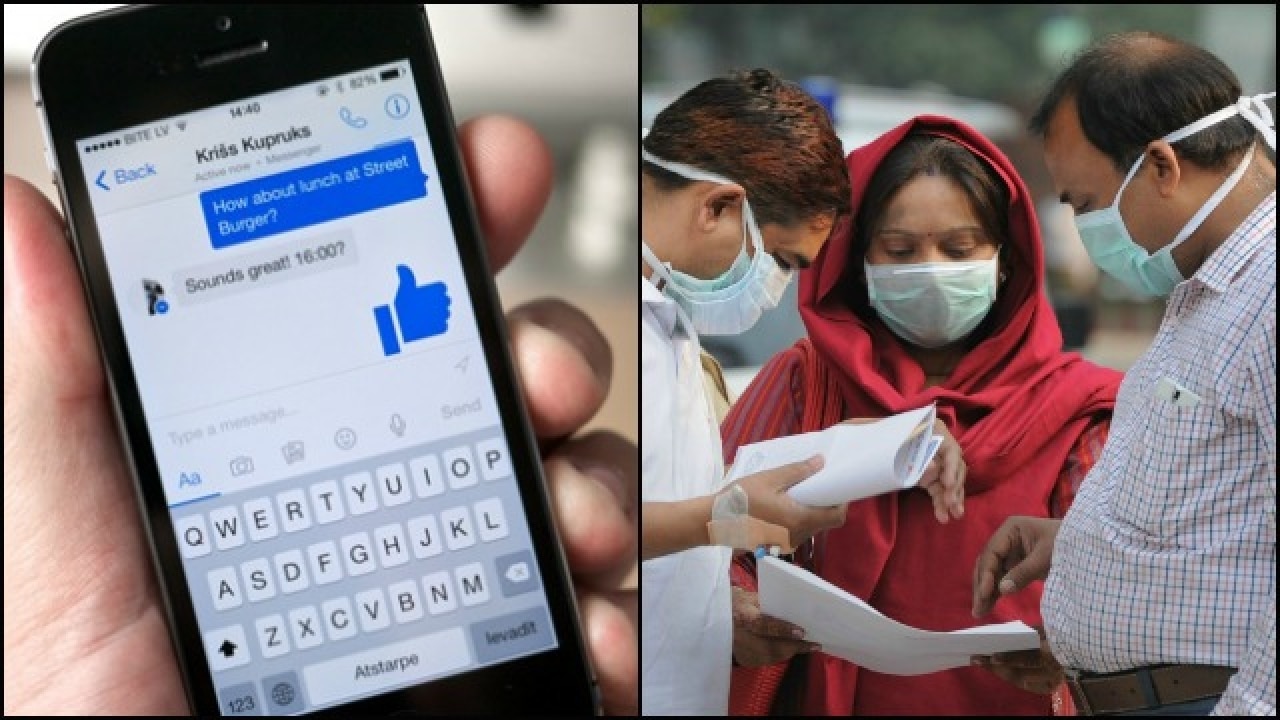
I am a Canadian journalist, new to Delhi. Over the past three months I have watched with interest two issues that make the news most days.
The first is the country’s concern over net neutrality. The second is Delhi’s debate over what to do about the hazardous air quality that makes the city the worst place to breathe in the world today. Each is an important issue but drawing very different reactions. The world is watching and reporting on both.
There is widespread surprise that India is taking on one of the 21st century’s corporate giants, Facebook. A few days ago Steve Coll, the Dean of the Columbia School of Journalism, told a Delhi audience the media is reluctant to do tough investigative journalism about companies like Facebook. Now a grass-roots movement in India has stood up to the ubiquitous social media monolith. And it’s forcing the government to follow the lead of the people. Cory Doctorow, the journalist and blogger, has called India’s reaction to Facebook’s strategy an “internet uprising.”
The importance of truly neutral internet access is clear. Many Indians see it as one of their fundamental rights but the same can’t be said for their concern over breathing clean air. For three months now I have woken up and used my internet access to check the Delhi air pollution index. Day in and out that index reveals that the air is not just unhealthy but in fact hazardous to my health.
At first I made jokes about the air. My Indian colleagues insisted that it really was not THAT bad. But then, after about three weeks in the city, I found myself in a hospital standing against an x-ray machine. The diagnosis was acute bronchitis. The time for jokes was over. It was time to purchase a mask and use it no matter what looks I received or how many jokes were now made at my expense.
My landlady simply smiled at my mask-covered face and said, “George, it’s not that bad. Really. It won’t hurt you.” My Indian colleagues watch and grin as I climb, mask over my nose and mouth, the steps into work. Inside I do take off the mask but I also know all too well that the air I will breathe for the next nine or ten hours inside the building will not be much better than on the streets of Delhi.
Like net neutrality the quality of air in Delhi was a front page story as 2015 drew to an end. The Delhi government’s response to the pollution levels was a two week even/odd car trial to reduce pollution. Nobody seems to know for sure if it made much difference. Based on the Delhi pollution index (http://aqicn.org/map/india/) there was little change. The trial ended, traffic is back to a crawl and the air remains toxic.
It has left me wondering why the people of Delhi “rise up” for internet neutrality but walk down the city’s streets accepting the hazardous air quality. Does a mother worry about her son running, breathless playing cricket with his friends? Does a father think to stop his young daughter from skipping till she’s out of breath in the park?
What will it take for the people of Delhi to take on this critical health risk the way they are standing up to Facebook? While I wait for that answer, I’ve purchased a much better mask to try to minimise my intake of Delhi’s toxic soup.
The author is a consultant for the new Zee English Channel